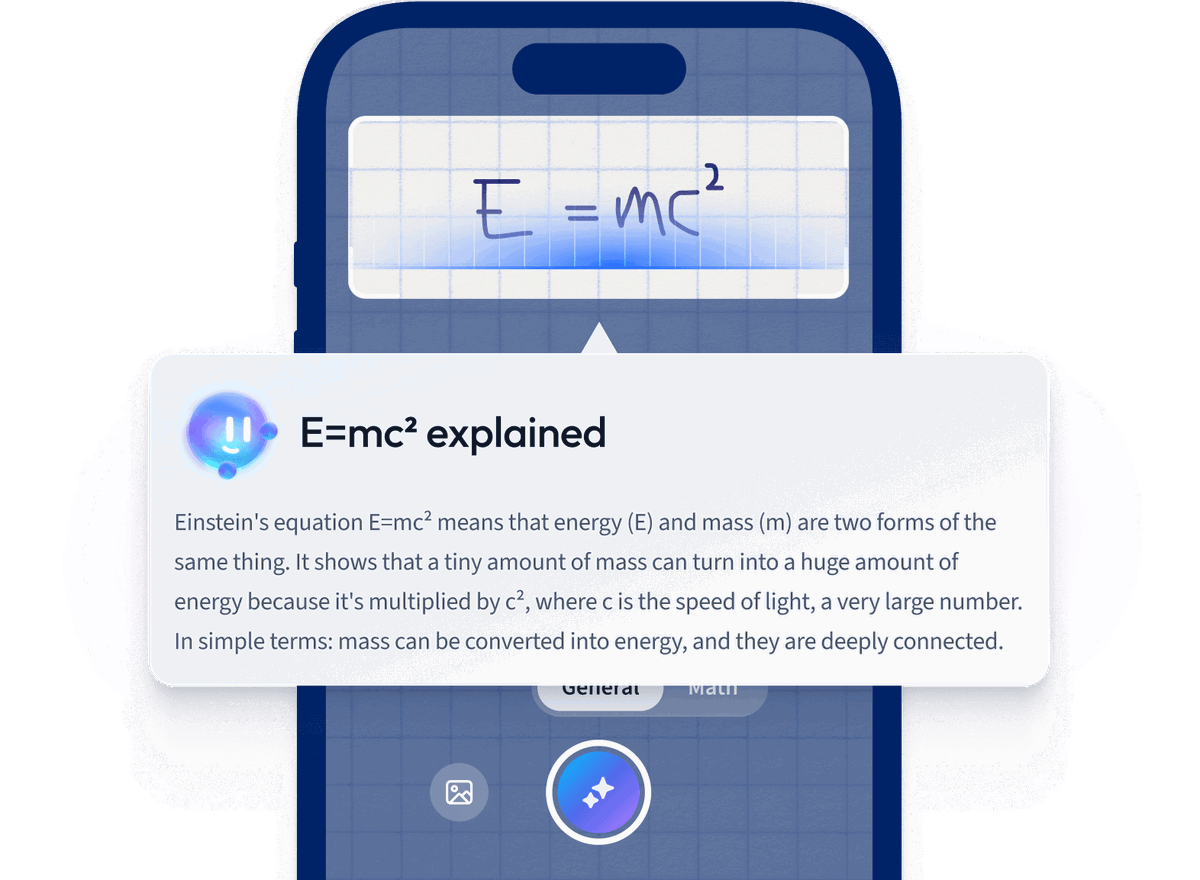Freedom of Religion Definition
Freedom of religion is one of the individual rights protected by the Constitution. Freedom of religion means a few things:
- The government doesn't follow a religion
- The government doesn't favor or inhibit any religion over another religion (or non-religion)
- The government can't interfere with individuals' religious practices
- Citizens are allowed to practice whatever religion they want.
Freedom of Religion Amendment
Freedom of religion is found in the Constitution - specifically in the Bill of Rights!
Constitution
The first draft of the Constitution didn't include any individual rights, including freedom of religion. When Congress came together in 1787 for the Constitutional Convention, they mostly focused on creating the framework for the government. However, when the Constitution went to the states for ratification, some of them said they would only agree to ratify if a Bill of Rights was added. The Bill of Rights (made up of the first ten amendments to the Constitution) would include a list of rights that the government couldn't violate.
We can find religious freedom in the Bill of Rights, specifically in the First Amendment! Below is the text:
Congress shall make no law respecting an establishment of religion, or prohibiting the free exercise thereof; or abridging the freedom of speech, or of the press; or the right of the people peaceably to assemble, and to petition the Government for a redress of grievances.
History had shown the framers of the Constitution the problems that arise when the government and the church are too closely intertwined.
For example, in the 16th century, King Henry VIII changed England from Catholicism to Anglicanism so that he could legally divorce his Catholic first wife. When his Catholic daughter, Queen Mary I, ascended to the throne, she switched England back to Catholicism and earned the nickname Bloody Mary for persecuting and executing Protestants. When her Protestant sister Queen Elizabeth I took the throne, she made Protestantism the official religion and persecuted Catholics.
 Figure 1: This 16th century painting depicts the persecution of Protestants in France. Source: Wikimedia Commons
Figure 1: This 16th century painting depicts the persecution of Protestants in France. Source: Wikimedia Commons
Later, the Puritans left England and settled in modern-day New England so that they could practice their own beliefs.
Establishment Clause
The first phrase in the First Amendment is called the "Establishment Clause":
Congress shall make no law respecting an establishment of religion..."
This clause is seen as codifying the separation between the church and state by saying that the government can't establish an official religion. It has been interpreted to mean that the government can neither support nor inhibit religion (or religion over non-religion and vice versa).
In County of Allegheny v. American Civil Liberties Union, Greater Pittsburgh Chapter (1989), the Supreme Court ruled that a sign reading "Glory to God for the birth of Jesus Christ" at a Pittsburgh courthouse violated the Establishment Clause because it constituted an endorsement of religion.
Free Exercise Clause
The Free Exercise Clause immediately follows the Establishment Clause:
Congress shall make no law... prohibiting the free exercise [of religion]
The Free Exercise Clause means that the government can't interfere with individuals' religious practices.
These two clauses together are interpreted as the freedom of religion. The main difference is that the Establishment Clause focuses on restraining the government's power while the Free Exercise Clause focuses on protecting individual rights.
In Sherbert v. Verner (1963), a woman was fired because she refused to work on Saturdays because it is recognized as the Sabbath by her religion, the Seventh-Day Adventists. She was subsequently denied unemployment benefits. The Supreme Court ruled that the state's denial of unemployment benefits violated Sherbert's rights under the Free Exercise Clause because it prevented her from practicing her beliefs.
Freedom of Religion Examples
Many Supreme Court cases have focused on whether various religious practices unconstitutionally break the law.
Funding for Religious Schools
One of the main ways the government interacts with schools is through funding. This can lead to conflicts over whether the government should be providing funding to institutions that are religiously affiliated (for example, parochial schools) and whether it violates the Establishment Clause.
One of the first cases happened in 1947 when New Jersey started providing funding for transportation to get students to and from school (Everson v. Board of Education). Private schools (many of which were religious) were also eligible. The Supreme Court ruled that because the practice provided a benefit to children and their parents (rather than directly to the religious schools), it was permissible.
 Figure 2: Catholic schools (like the one pictured above) often have a strong religious message and mission, leading to questions about whether the state can provide them with funding. Source: Mx. Granger, Wikimedia Commons, CC-Zero
Figure 2: Catholic schools (like the one pictured above) often have a strong religious message and mission, leading to questions about whether the state can provide them with funding. Source: Mx. Granger, Wikimedia Commons, CC-Zero
Lemon v. Kurtzman
A few decades later, the Supreme Court case of Lemon v. Kurtzman (1971) created strict standards for government funding in religious schools. The Supreme Court ruled that state laws in Pennsylvania and Rhode Island that provided funding for textbooks and teacher salaries at religious schools violated the Establishment Clause. The court created the Lemon Test, which became a precedent for several decades. According to the test, in order for a law to be in line with the Establishment Clause, it has to:
- Have a secular purpose
- Neither advance nor inhibit religion
- Not foster an excessive government entanglement with religion.
However, a few decades after that, the Supreme Court decided to throw out the Lemon Test in Zelman v. Simmons-Harris (2002). The case centered around an Ohio policy allowing students to use state-funded vouchers to go to a school of their choice, including religious schools. The Supreme Court ruled that the policy did not violate the Establishment Clause because it provided a benefit to students and expanded private choice rather than focusing on funding religious schools.
Prayer in Schools
Another area of contention is whether prayers should be allowed in schools.
In the case of Engel v. Vitale (1962), a New York school organized a prayer at the beginning of the school day. A group of parents opposed the prayer and argued it violated the Establishment Clause, while the school said that it was an optional prayer so it should be allowed. The Supreme Court ruled that it did violate the Establishment Clause because it breached the separation between church and state.
However, in 2022, the Supreme Court ruled in favor of a coach who prayed with his team in Kennedy v. Bremerton. The coach said that he was exercising his rights under the Free Exercise Clause. The Supreme Court advised courts to ignore the Lemon Test (see above) and instead to look at "historical practices and understanding."
Businesses
Another issue is when businesses go against certain laws because they argue that it violates their religious beliefs.
Newman v. Piggie Park (1968)
The owner of a chain of restaurants called Piggie Park denied service to Black people because he said that racial integration was against his religious beliefs. The Supreme Court rejected this reasoning and ruled against the chain.
Burwell v. Hobby Lobby (2014)
The Supreme Court ruled in the 2014 Burwell v. Hobby Lobby case that business entities can be considered "individuals" and receive the same protections under freedom of religion as citizens can. The case revolved around the issue of birth control and the ACA (Affordable Care Act). The ACA required businesses to cover contraception in their employer-offered healthcare, but the owners of Hobby Lobby (a chain of craft stores) said that contraception was against their religious beliefs.
The Supreme Court ruled in Hobby Lobby's favor, saying that for-profit businesses - like non-profits and religious organizations - should be granted an exemption from the birth control mandate if it's against their religious beliefs.
Freedom of Religion Act
In recent decades, Congress passed a law to protect religious freedom even more.
Religious Freedom Restoration Act (RFRA)
The Religious Freedom Restoration Act was passed in 1993 to improve religious freedom by creating strict standards for any laws that inadvertently interfere with religious practices.
Employment Division v. Smith (1990)
The RFRA was spurred by the Supreme Court case Employment Division v. Smith. Two Native American men were fired after they tested positive for Peyote, a hallucinogenic cactus, at work. The state denied them unemployment benefits because they had been fired due to misconduct since peyote is an illegal drug. However, the use of peyote is a sacred part of the Native American church and is used in religious and healing rituals. They argued that the state had violated their rights under the Free Exercise Clause.
 Figure 3: Pictured above is a Peyote ceremony from 1892. Source: unbekannt 1892, Wikimedia Commons
Figure 3: Pictured above is a Peyote ceremony from 1892. Source: unbekannt 1892, Wikimedia Commons
The Supreme Court ruled against them, saying that they feared that permitting people to claim religious beliefs around peyote would open the door to everyone being able to break whatever law they wanted as long as they claimed it was part of their religious beliefs.
The decision sparked outrage across the country and Congress moved to pass the RFRA.
Freedom of Religion and Belief
The inclusion of freedom of religion in the United States Constitution also inspired a similar right in the United Nations' Universal Declaration of Human Rights. The Declaration was created in 1948 following World War II and was intended to be a unifying force as the world attempted to move forward following the war's devastation. Freedom of religion was expanded to include belief to reflect that people should be allowed to act in line with their conscience, whether they consider it to be religious or not.
Freedom of Religion - Key takeaways
- Freedom of a religion is an individual right found in the first amendment to the Constitution.
- The Establishment Clause and the Free Exercise Clause are interpreted together as freedom of religion.
- Supreme Court cases dealing with freedom of religion have focused on school funding, prayer, and accommodating religion.
- The Religious Freedom Restoration Act was passed in 2002 to help impose stricter standards for laws that might infringe on religious practices.
How we ensure our content is accurate and trustworthy?
At StudySmarter, we have created a learning platform that serves millions of students. Meet
the people who work hard to deliver fact based content as well as making sure it is verified.
Content Creation Process:
Lily Hulatt is a Digital Content Specialist with over three years of experience in content strategy and curriculum design. She gained her PhD in English Literature from Durham University in 2022, taught in Durham University’s English Studies Department, and has contributed to a number of publications. Lily specialises in English Literature, English Language, History, and Philosophy.
Get to know Lily
Content Quality Monitored by:
Gabriel Freitas is an AI Engineer with a solid experience in software development, machine learning algorithms, and generative AI, including large language models’ (LLMs) applications. Graduated in Electrical Engineering at the University of São Paulo, he is currently pursuing an MSc in Computer Engineering at the University of Campinas, specializing in machine learning topics. Gabriel has a strong background in software engineering and has worked on projects involving computer vision, embedded AI, and LLM applications.
Get to know Gabriel














